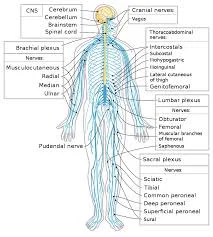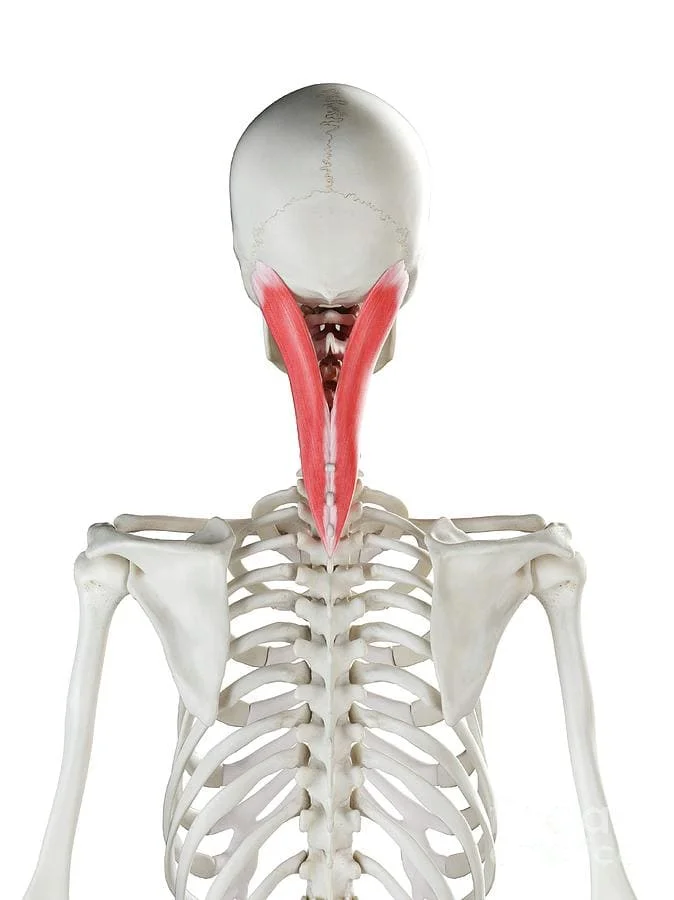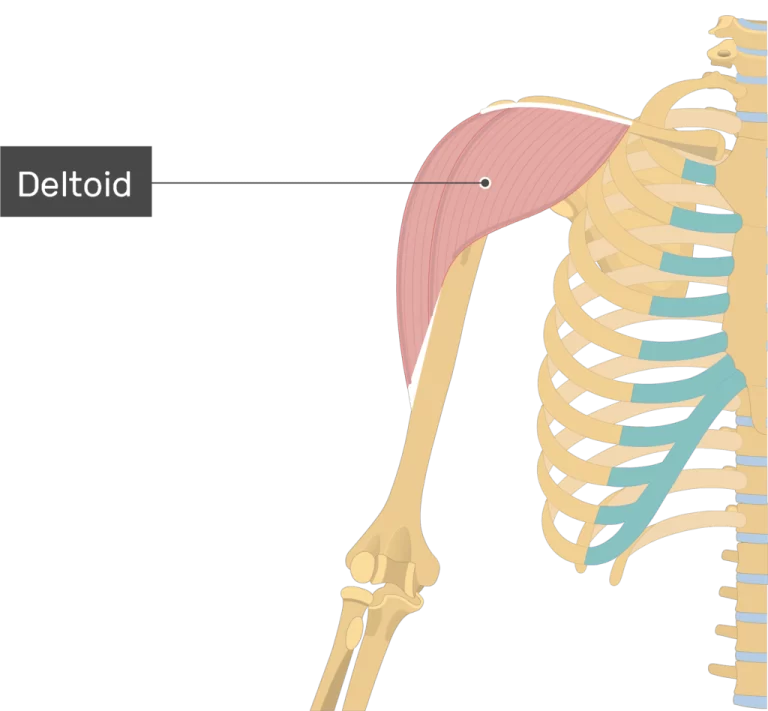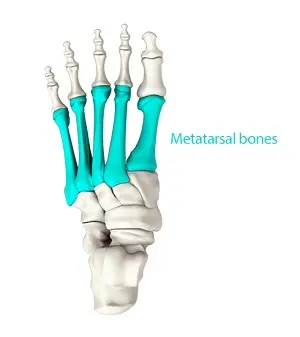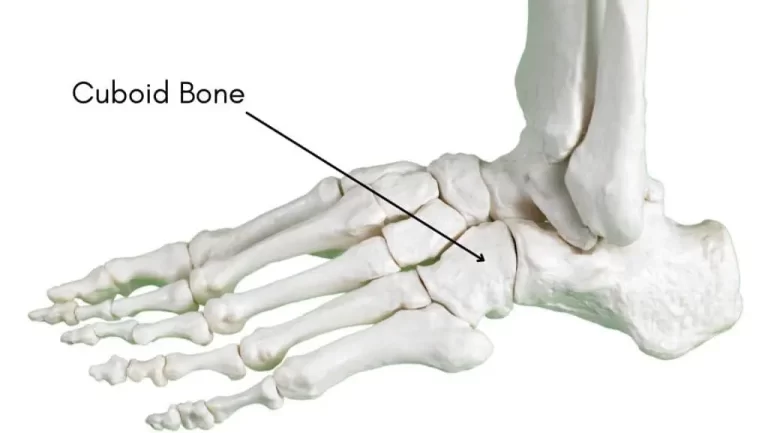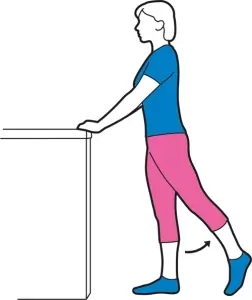List of the Nerves of the Human Body
The human nervous system consists of a vast network of nerves that transmit signals between the brain, spinal cord, and the rest of the body. These nerves are classified into:
- Cranial Nerves (12 pairs): Control sensory and motor functions of the head and neck.
- Spinal Nerves (31 pairs): Connect the spinal cord to the body, enabling movement and sensation.
- Autonomic Nerves: Regulate involuntary functions like heartbeat, digestion, and breathing.
This system ensures communication and coordination throughout the body.
What are Nerves?
Nerves function like cables, carrying electrical impulses between your brain and the rest of your body. You may move your muscles and feel sensations thanks to these impulses. They also maintain autonomic functions such as breathing, sweating, and digestion.
Nerve cells are also known as neurons. Neurons are found all over your body, particularly in the brain and spinal cord. Nerves and your brain and spinal cord form the foundation of your nervous system. When doctors say “nerve,” they usually mean the part of your nervous system that isn’t connected to your brain or spinal cord. This is your peripheral nervous system.
The different types of Nerves
You have two major types of nerves:
Sensory nerves send signals to the brain that enable you to touch, taste, smell, and see.
Motor nerves send signals to muscles and glands, allowing you to move and function.
There are two major groups of nerves that branch from your brain and spinal cord:
Cranial nerves: These 12 nerve pairs originate in the brain and travel throughout your face, head, and neck. Cranial nerves can perform sensory functions, motor functions, or both. For example, cranial nerves assist you in making facial expressions, moving your eyes, and processing smells.
Spinal nerves: 31 pairs of spinal nerves branch from your spinal cord. These nerves can perform either sensory or motor functions. For example, spinal nerves can transmit sensations from your joints and muscles to your spinal cord. Spinal nerves also control certain reflexes or involuntary responses, such as pulling your hand away from a hot stove.
How many nerves are there altogether?
There are hundreds of peripheral nerves throughout your body. The sensory branches of the cranial and spinal nerves are formed when the numerous sensory nerves that provide sensation from the skin and internal organs combine.
There are smaller nerves within the motor portions of the cranial and spinal nerves, which are further subdivided into smaller nerves. One cranial or spinal nerve can therefore split into anywhere between two and thirty peripheral nerves.
Function of Nerves
Electrical signals are transferred between body parts by nerves. These signals control your
- A voluntary movement.
- Senses (touch, pain, feeling hot or cold, vibration, hearing, balance, taste, smell, and vision).
- Blood pressure.
- Breathing.
- Digestion.
- Heart rate.
- Stress response.
Structure of the Nerves
Your nerves are composed of:
- Axons are cord-like groups of fibres in the centre of your nerve.
- Dendrites are branches that convey electrical impulses.
- A layer of connective tissue called the endoneurium envelops axons.
- The layer of connective tissue known as the perineurium envelops fascicles, which are collections of axons.
- Your nerve’s outer layer is covered in a layer of connective tissue called the epineurium.
- In your brain, oligodendrocytes surround axons. Outside of the central nervous system (brain and spinal cord), Schwann cells surround the axons.
- Oligodendrocytes and Schwann cells both contain myelin, a type of fatty tissue. The axons are covered in a layered sheath (coating) of myelin. The myelin sheath functions similarly to electrical wire insulation. If it is damaged, your nerves are unable to send electrical signals as quickly. They occasionally stop sending electrical signals altogether.
Location
classification of sensory root areas on the body’s surface, along with nervous system anatomy.
- Development of the Nervous System
- The spinal cord and medulla spinalis.
- The brain and encephalon
- The hindbrain, or rhombencephalon
- The midbrain, or mesencephalon
- The forebrain, or prosencephalon
- The spinal nerves connect the brain to the spinal cord through their composition and central connections.
- The meninges, or outer covering of the brain, and the medulla spinalis
- The cerebrospinal fluid
List of Cranial Nerves
There are 12 pairs of cranial nerves.
- The Olfactory nerve
- The optical nerve
- The ocular motor nerve
- The Trochlear Nerve
- The trigeminal nerve
- The abducens nerve
- The facial nerve
- The vestibulo-cochlear nerve
- The glossopharyngeal nerve
- The Vagus Nerve
- The accessory nerve
- The Hypoglossal Nerve
A List of Spinal Nerves
Spinal nerves are mixed nerves that communicate directly with the spinal cord, modulating motor and sensory input from the body’s periphery.
- The posterior divisions
- The anterior divisions
- The Thoracic Nerves
- The Lumbosacral Plexus
- The Sacral and Coccygeal Nerves
- The sympathetic nerves
- The cephalic segment of the sympathetic system
- The cervical segment of the sympathetic system
- The thoracic segment of the sympathetic system
- The abdominal part of the sympathetic system
- The pelvic part of the sympathetic system
- The sympathetic nervous system’s great plexuses
Nerves of the Upper Limb
- The brachial plexus
- Axillary nerve
- Dorsal Scapular Nerve
- The dorsal branch of the ulnar nerve
- Musculocutaneous Nerve
- The nerves include the radial, dorsal scapular, thoracic, suprascapular, nerve to subclavius, and lateral pectoral nerve.
- The medial pectoral nerve
- The medial cutaneous nerve of the arm
- The medial cutaneous nerve of the forearm
Nerves in the lower limb
- the lumbar plexus (L1-S4) and iliohypogastric branches.
- The genitofemoral, obturator, lateral femoral cutaneous, and ilioinguinal nerves are the femoral nerves.
- Sacral plexus branches (L5-S2) include superior and inferior gluteal nerves and posterior femoral cutaneous and pudendal nerves that connect to the piriformis, obturator internus, and quadratus femoris muscles.
- Saphenous and femoral cutaneous nerves.
- Obturator, gluteal, and cluneal nerves.
- Superior genicular (medial and lateral).
- inferior genicular (medial and lateral).
- The middle genicular tibial nerve.
- Deep fibular and dorsal digital nerves.
- Proper plantar digital nerves.
- Lateral dorsal cutaneous nerve and plantar nerves.
The parasympathetic nerve is a network of nerves that relaxes the body after stress or danger.
The sympathetic nerve system regulates “fight-or-flight” responses.
Nerve supply to the heart
- The cardiac plexus and vagus nerves.
- Vagal cardiac nerves
Nerve supply to the thoracic region
- intercostal nerve.
Nerve supply to the lungs
- pulmonary plexus.
- Vagus nerve [parasympathetic innervation].
The nerve supply to the liver
- the hepatic plexus.
- coeliac plexus (sympathetic supply)
- Vagus nerve [parasympathetic innervation].
The nerve supply to the small intestine
- the splanchnic vagus nerve, which has parasympathetic innervation.
The nerve supply to the large intestine
- the vagus nerve (parasympathetic innervation) and pelvic splanchnic nerves.
- The mesenteric and hypogastric plexuses are superior and inferior, respectively.
FAQs
Which nerve in the human body is the most vital?
The human body’s most important nerves are the cranial and spinal nerves.
What are the twelve nerves in the human body?
The olfactory nerve (CN I), optic nerve (CN II), oculomotor nerve (CN III), trochlear nerve (CN IV), trigeminal nerve (CN V), abducens nerve (CN VI), facial nerve (CN VII), the vagus nerve (CN X), vestibulocochlear nerve (CN VIII), glossopharyngeal nerve (CN IX), accessory nerve (CN XI), and hypoglossal nerve (CN XII).
Where are the nerves located?
The nervous system is divided into two parts: the central nervous system, which includes the brain and the spinal cord. The peripheral nervous system is made up of nerves that branch off the spinal cord and extend throughout the body.
What is a nerve composed of?
Your nerves are composed of axons, which are cord-like groups of fibres in the centre of the nerve. Dendrites are branches that convey electrical impulses. A layer of connective tissue called the endoneurium envelops axons.
References:
- Professional, C. C. M. (n.d.-t). Nerves. Cleveland Clinic. https://my.clevelandclinic.org/health/body/22584-nerves
- Seladi-Schulman, J. (2019, August 7). How Many Nerves Are in The Human Body? Healthline. https://www.healthline.com/health/how-many-nerves-are-in-the-human-body#in-the-body
- Admin. (2021, February 22). What Is A Nerve? – Structure, Function, Types of Nerves, Nerve Disorders. BYJUS. https://byjus.com/biology/nerves/
- Poojasingh. (2023, December 13). List of the nerves in the human body – Mobile Physiotherapy Clinic. Mobile Physiotherapy Clinic. https://mobilephysiotherapyclinic.in/list-of-the-nerves-in-the-human-body/

